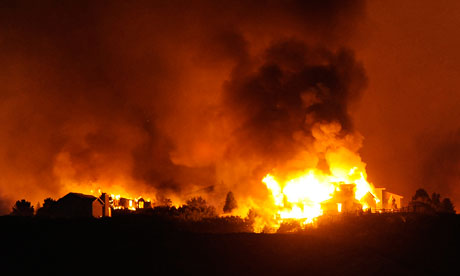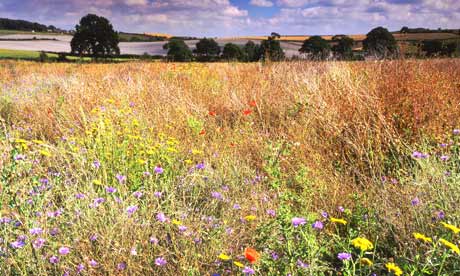"What we're seeing is a window into what global warming really looks like," said Princeton University's Michael Oppenheimer, a lead author for the UN's climate science panel. "It looks like heat, it looks like fires, it looks like this kind of environmental disaster … This provides vivid images of what we can expect to see more of in the future."
In Colorado, wildfires that have raged for weeks have killed four people, displaced thousands and destroyed hundreds of homes. Because winter snowpack was lighter than usual and melted sooner, fire season started earlier in the US west, with wildfires out of control in Colorado, Montana and Utah.The high temperatures that are helping drive these fires are consistent with projections by the UN Intergovernmental Panel on Climate Change (IPCC), which said this kind of extreme heat, with little cooling overnight, is one kind of damaging impact of global warming.
Others include more severe storms, floods and droughts, Oppenheimer said.
The stage was set for these fires when winter snowpack was lighter than usual, said Steven Running, a forest ecologist at the University of Montana.
Mountain snows melted an average of two weeks earlier than normal this year, Running said. "That just sets us up for a longer, drier summer. Then all you need is an ignition source and wind."
Warmer-than-usual winters also allow tree-killing mountain pine beetles to survive the winter and attack western forests, leaving behind dry wood to fuel wildfires earlier in the season, Running said.
"Now we have a lot of dead trees to burn … it's not even July yet," he said. Trying to stop such blazes driven by high winds is a bit like to trying to stop a hurricane, Running said. More













